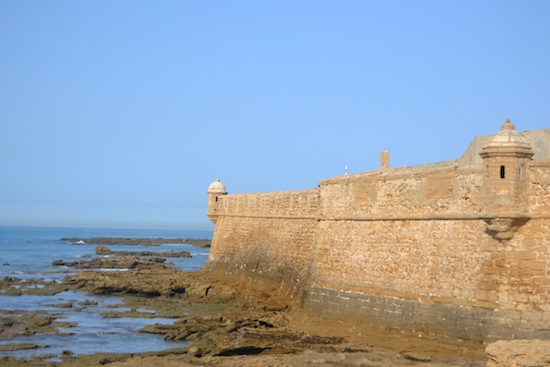Exploring Historic Cádiz
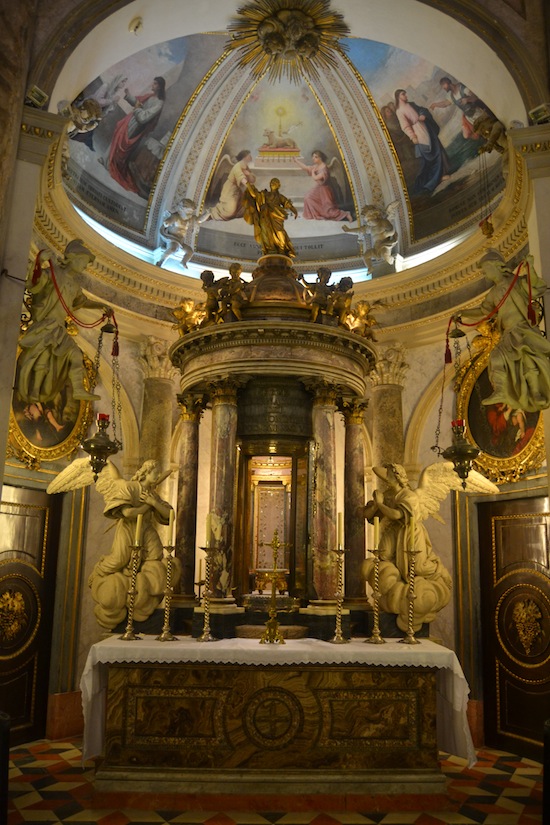
The Santa Cueva Oratory in Cádiz was finished in 1796
and is one of the best examples of its kind. It features some
unusually bright and cheery paintings by Francisco de Goya
A couple of weeks ago, I wrote about Phoenician and Roman Cádiz, the early history of one of the oldest continually inhabited cities in Europe, on the southwestern coast of Spain near the Strait of Gibraltar. While Cádiz was important throughout its history, its sheltered harbor on the Atlantic made it a good spot for launching the many exploratory vessels that Spain sent out into the world starting in the late 15th century. Columbus made his second and fourth voyages to America from Cádiz, and some of the tropical plants growing in the city squares are said to be descendants of samples he brought home.
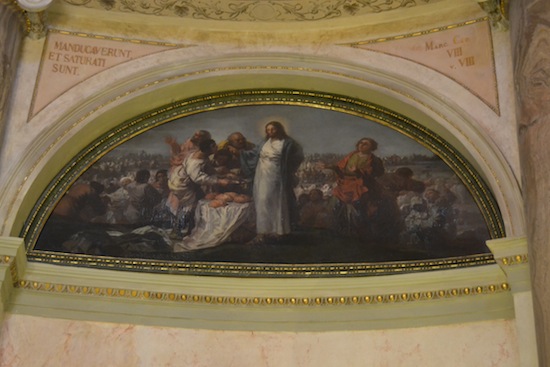
Closeup of one of the Goya paintings in the Santa Cueva Oratory
Cádiz got to share some of the wealth of Spain’s burgeoning empire. Lavish churches were erected and many fine mansions hide behind gates of metal latticework. As is typical with southern Spain, the ornate decoration is mostly inside, and walking the narrow streets you might pass by a ho-hum facade never realizing that a sumptuous Baroque church hides within. Cádiz is full of churches, and is a treasure house of old religious art.
Despite the churches, the historic center of Cádiz looks quite Moroccan, with its whitewashed walls, its little lanes, and busy squares lined with cafes where people from all ages mingle. This is hardly surprising since much of the city was laid out during Muslim rule from 711 to 1262. My wife commented that, “This looks like Tangier but with women in the cafes.”
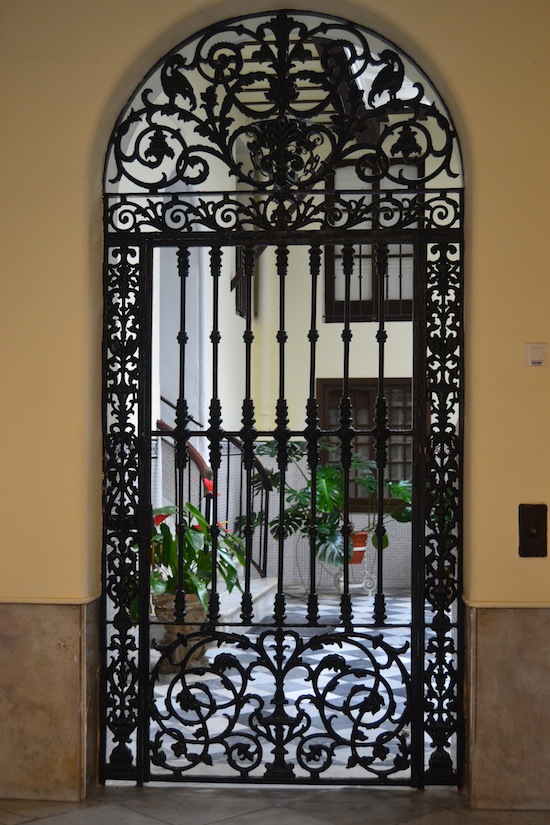
Many prosperous old homes have these metalwork gates where you
can peek though and see the foyer. These homes have generally been
divided into apartment buildings now. Photo courtesy Almudena Alonso-Herrero
Indeed, Cádiz and Tangier are sister cities, and I’ll be getting back to Tangier later this year, so keep your eyes peeled for more Morocco posts!
Photos copyright Sean McLachlan unless otherwise noted. More below!
Sean McLachlan is the author of the historical fantasy novel A Fine Likeness, set in Civil War Missouri, and several other titles, including his post-apocalyptic series Toxic World that starts with the novel Radio Hope. His historical fantasy novella The Quintessence of Absence, was published by Black Gate. Find out more about him on his blog and Amazon author’s page.
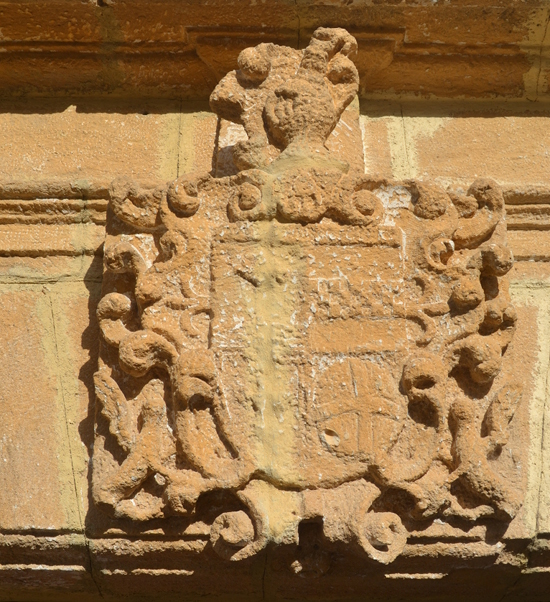
The historic quarter of Spanish cities is called the casco viejo,
“old helmet”, and it’s because of all the old family crests on the buildings
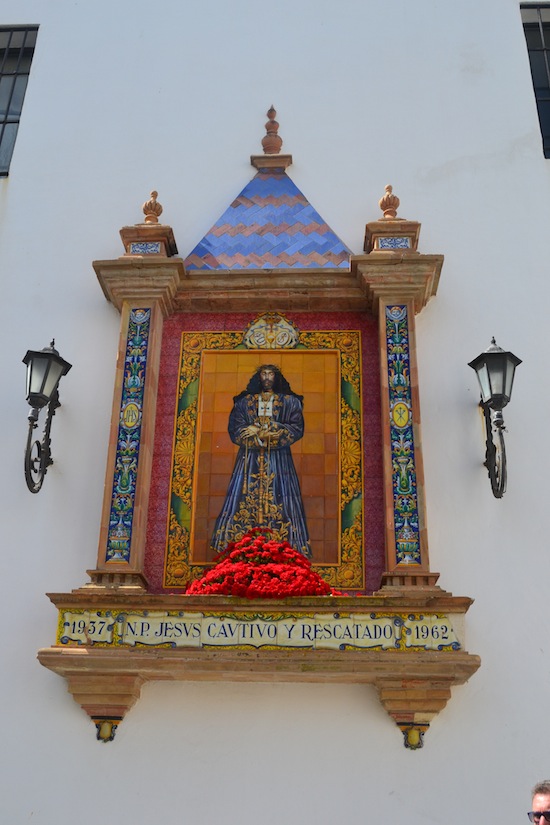
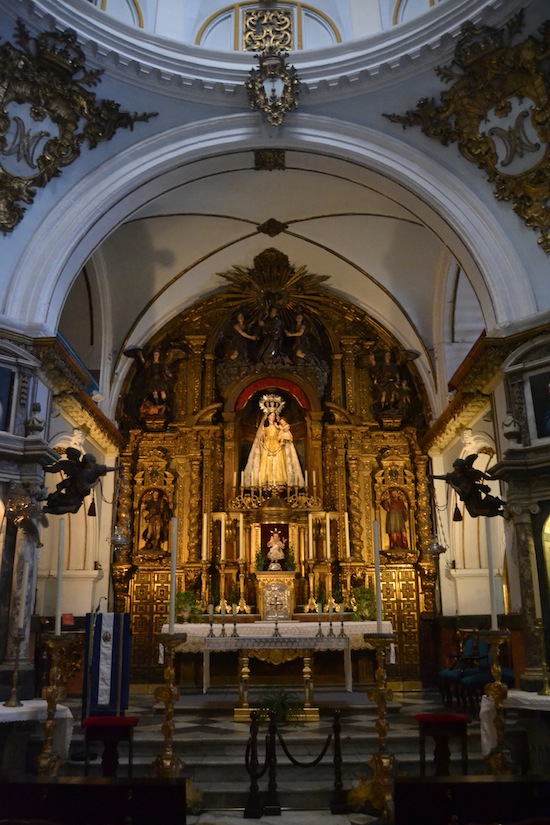
The Baroque altar at the Hospital de San Juan de Dios, completed in 1688
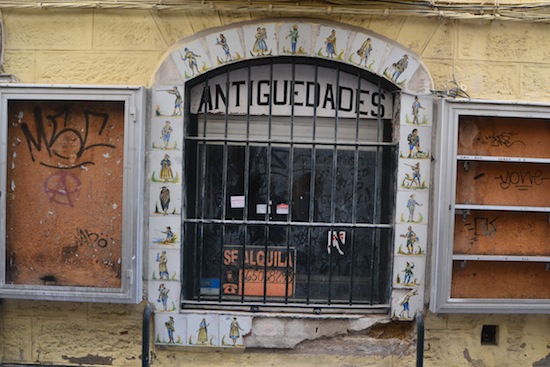
Too bad this closed. I have a feeling I could have found something cool here
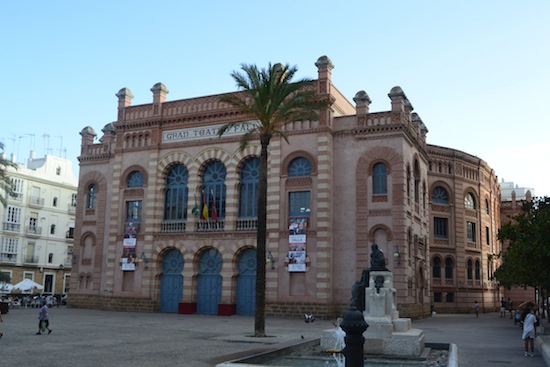
The Gran Teatro, completed 1905, is built in the of a neo-Mudéjar
(Moorish revival) style. The Mudéjar were Muslims in areas reconquered by
the Christians who at first enjoyed protected religious status. That didn’t
last long, but the Islamic influence on Spanish architecture was pervasive well
into the 17th century and enjoyed a revival in the late 19th century
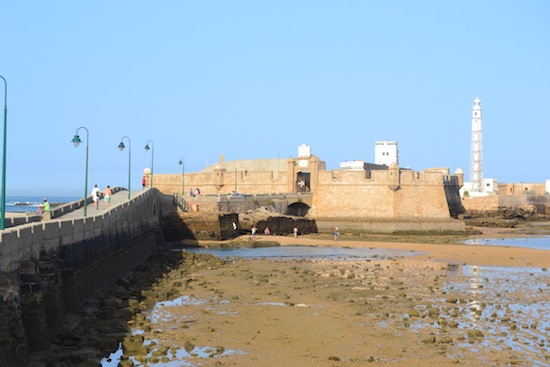
The Castillo de San Sebastián stands on the site of the old
Phoenician temple of Moloch. The current fort dates to 1706
